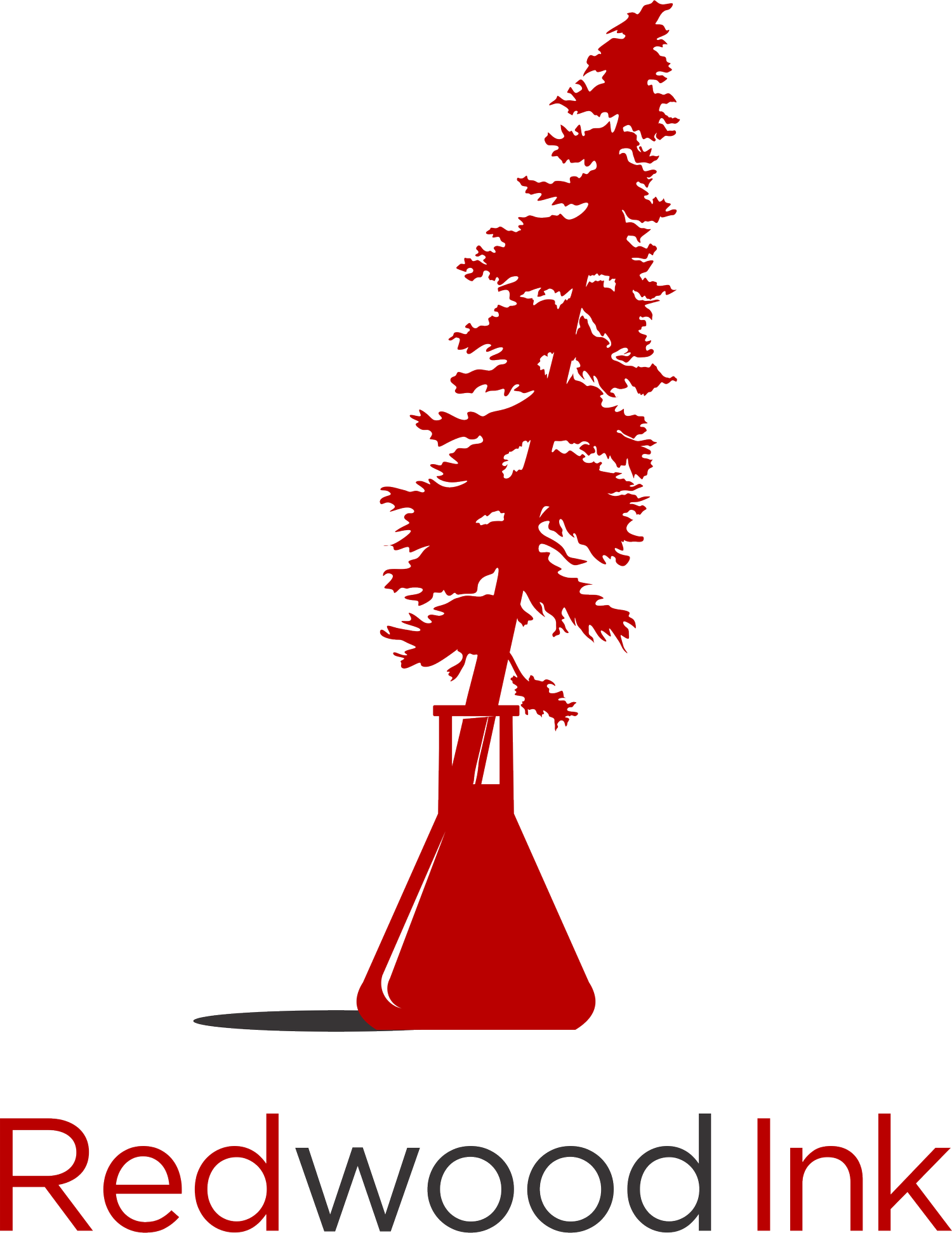The Persuasive Power of the Word "Because"
Persuasion is an important part of scientific and medical writing. As an author, you may want to persuade reviewers to publish your manuscript or fund your proposal. Or you may want to persuade other researchers to read and cite your work.
One of the most powerful ways to persuade your readers is to use one simple word: because.
Why does the word because have so much persuasive power? Because explains why.
Explaining the why influences our decision-making. Without a reason to do something, we are likely to stick with the status quo.
The Power of Because
In 1978, researchers at Harvard University conducted The Copy Machine Study. They set up a series of simple tests to see if people in line to use a copy machine would let study participants jump in line after they made a short statement.
Version 1: “Excuse me, I have five pages. May I use the Xerox machine?”
Version 2: “I have five pages. May I use the Xerox machine because I am in a rush?”
Version 3: “I have five pages. May I use the Xerox machine because I have to make copies?”
In Version 1, the statement does not include a reason for asking to jump in line. In Version 2, the statement includes a reason following the word because. In Version 3, the statement also includes a reason following the word because, but the reason isn’t very compelling. You might even consider it meaningless. Everyone is standing in line to make copies.
Yet, this meaningless reason performed well.
Version 1: 60% of people let the participant jump in the line.
Version 2: 94% of people let the participant jump in the line.
Version 3: 93% of people let the participant jump in the line.
These results support that one of the most powerful words we can use to drive human behavior is the word because.
Why does because have so much power?
According to Robert Cialdini, author of Influence: The Psychology of Persuasion, “A well-known principle of human behavior says that when we ask someone to do us a favor we will be more successful if we provide a reason. People simply like to have reasons for what they do.”
In the same way, readers want to have reasons to support your work.
Boosting the Power of Because
The Copy Machine Study showed that because has tremendous persuasive power, even if the word is followed by a meaningless reason. But in the sciences, you can boost this persuasive power by following because with a compelling reason that explains the why.
Why should you add this compelling reason? Because you are writing for a unique population. Researchers and clinicians have been trained to deeply dissect the why.
Why does that protein bind those receptors?
Why is that arginine important for this protein to function properly?
Why does this organ function that way in heart failure?
Why does this drug improve kidney function more than that drug?
Why does this patient keep returning to the emergency room?
When these researchers and clinicians review your writing, they bring that dissecting skill, so they keep looking for the why’s.
Why do these researchers think this study is (or was) important to do?
Why do these researchers think this study is innovative?
Why did these researchers choose this approach over another approach?
Why did these researchers present the data with this type of graph?
Why did these researchers use those statistics to analyze the data?
Why do these researchers think the results support their interpretations?
Because of this dissecting skill, you want to boost the power of because with a compelling reason. In this way, you can show your knowledge, explain your reasoning, and justify your interpretations.
Harness the Persuasive Power
To persuade readers, answer the why with the word because followed by a compelling reason. This language will entice readers to support your work by funding your proposal, accepting your manuscript, or citing your publication.
